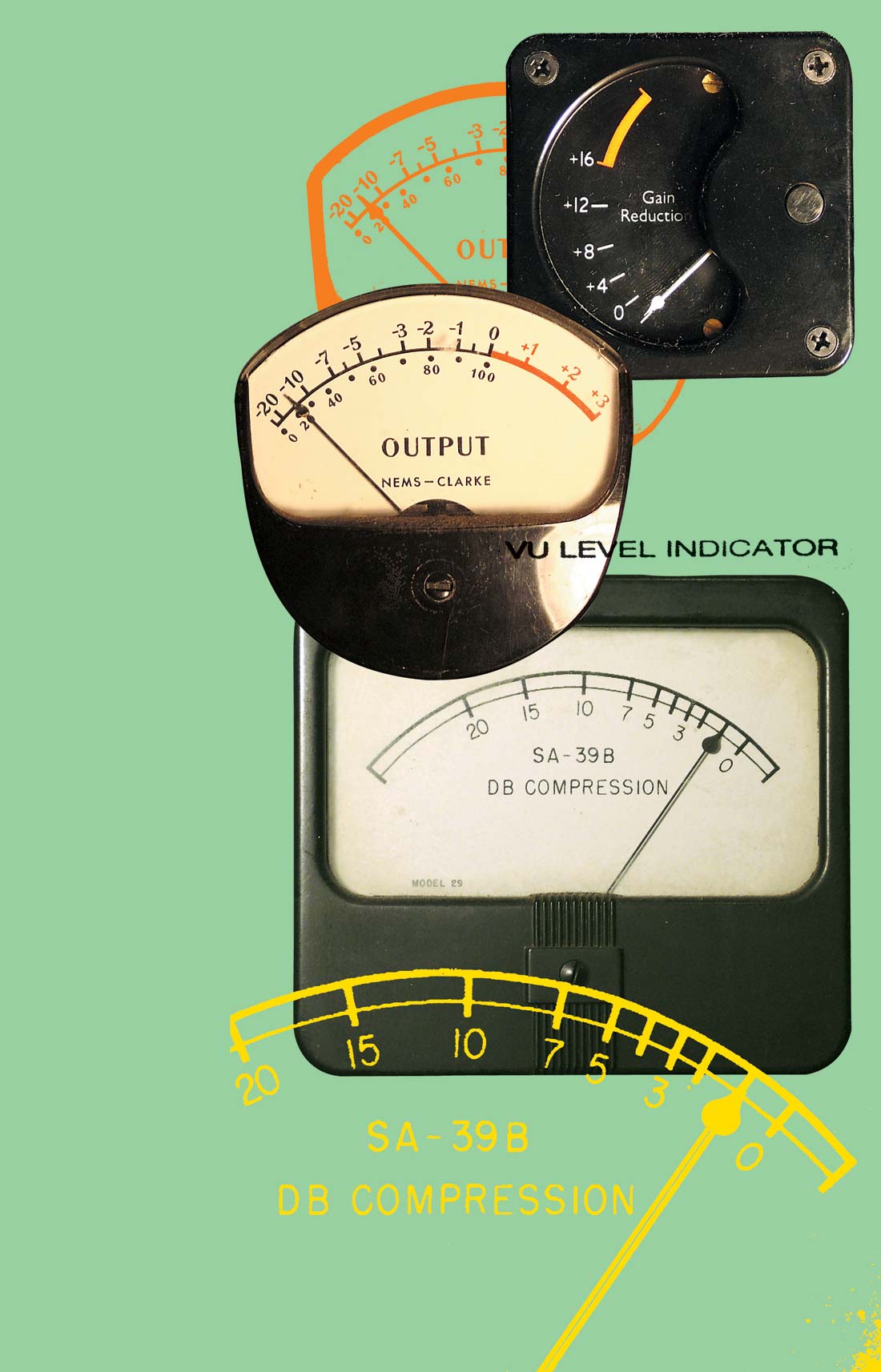Empirical Labs is a company that seems content to offer a few outstanding pieces of gear rather than a wide array of average products. You won't see them rushing to push out new devices every six months-or every year, for that matter. So, expectations were high when photos of the Lil FrEQ began to circulate.
When I saw a Lil FrEQ in person, I quipped that it should have been called the Lil Cluster-mess. At first glance, it seems like there are 427 knobs on this thing! But I was wrong to judge this book without taking a careful look at its cover. The front panel of this 1RU-height unit is legibly printed. And the left-to-right signal flow is very intuitive. Speaking of intuitive, additional color-coded printing on the front panel and innovative LED placement (the HP lights are arranged in a pattern that is commonly used as a high-pass symbol) makes learning this puppy a snap. In fact, most users will be at home with the Lil FrEQ quickly. In under a minute I was dialing up settings with ease.
Dubbed as the "ultimate analog equalizer," the Lil FrEQ is more than an EQ with big, white Distressor-style knobs. It's actually a collection of eight processing sections that allows users to sculpt sound in traditional and unconventional ways. If I covered all the features, there would be no room to write a review. In short, the Lil FrEQ is a tank of an EQ that offers fidelity and specs that rival some of the finest mastering equalizers. Of course, many common EQ features are present: high and low pass filters, adjustable parametric bands, and input and output gain controls. I'll focus on some of the special twists built into the unit.
Perhaps most notable, the Lil FrEQ provides a dynamic equalizer section (noted as DS on the unit). This function can be used either as a de-esser or as a high-frequency compressor/limiter with a soft knee. Until now, you needed to have some heavy-duty software plug-ins or many interconnected hardware boxes to pull off some of the things the Lil FrEQ can do. In use, the de-esser did a great job on squeaky finger noise on an acoustic guitar track. As a frequency-selective compressor, the DS section has the ability to tame harsh transients in a manner similar to analog tape. Anyone who has tried to soften a brittle recording knows that many EQ's don't do a very good job in this regard. Often, the end result is a dull mix that retains the original coarseness. Although not an exact replacement for tape, the Lil FrEQ does an admirable job of softening harsh tracks without harming them.
My favorite feature is the instrument input jack on the front panel. That's right, the Lil FrEQ can double as one of the best direct boxes money can buy. Couple that with its tone-shaping capability and its dynamic equalizer, and I'm in love. I've used some great preamps and direct boxes for bass, but the Lil FrEQ is my new favorite. With rare exception, the unit afforded great flexibility over many styles of bass. I could easily see it as my main direct box. Another bonus feature: two sets of outputs, one active and the other Class-A transformer-coupled. In an age when marketing seems obsessed with "tube" gear, most people don't realize how important a transformer can be to "warm" up a sound. Having the choice of a clean or colored output is an added flexibility that could make the difference in an important track. Having two output choices effectively doubles the range of characters for both EQ and DI use.
If you've read my reviews you know I give out bonuses for a good manual, and the draft I received did not disappoint. I'm sure there will be changes by the time the final version is printed, but I just about spit my coffee when I got to an early diatribe about using mic placement to get good sounds instead of relying on an EQ! There are pages of real-world application suggestions, including a Neve-emulation setup that is very true to those coveted units.
My reservations about the Lil FrEQ are minor. First, even though it's easy to use, you have to work to get the most effective setting. This isn't a complaint about the design or sound. But, if you don't have patience fiddling with an equalizer, stick with a 1073. A more significant concern arose from audible "pops" made by some of the switches. In my review unit, the bypass buttons "popped" when engaging and disengaging them. To be fair to Empirical Labs, the bypass switches on the parametric sections do not pop. Those are most likely the areas you'll want to engage and disengage on the fly, so this is not a show stopper. Also, it's worth noting that many bypass switches that don't "pop" are not true bypass circuits. Founder Dave Derr reports that Empirical Labs is actively working with switch manufacturers to obtain a pop-less solution for the remaining sections on the Lil FrEQ. Finally, users will need to be extra vigilant when documenting favorite settings. The controls are not stepped. Resetting a continuously-variable knob can be tricky, so take extra good notes. Fortunately, a high-resolution recall sheet is included with the manual.
These minor reservations aside, the Lil FrEQ delivers the fidelity and innovation we've come to expect from Empirical Labs. Sure the list price might be $1,999, but this unit can go toe-to-toe with any other EQ, regardless of cost. Plus, street prices are reportedly much lower than list. If Empirical Labs offers a stereo version of this box, I'll be in so much trouble. ($1999 MSRP; www.empiricallabs.com)




_disp_horizontal_bw.jpg)